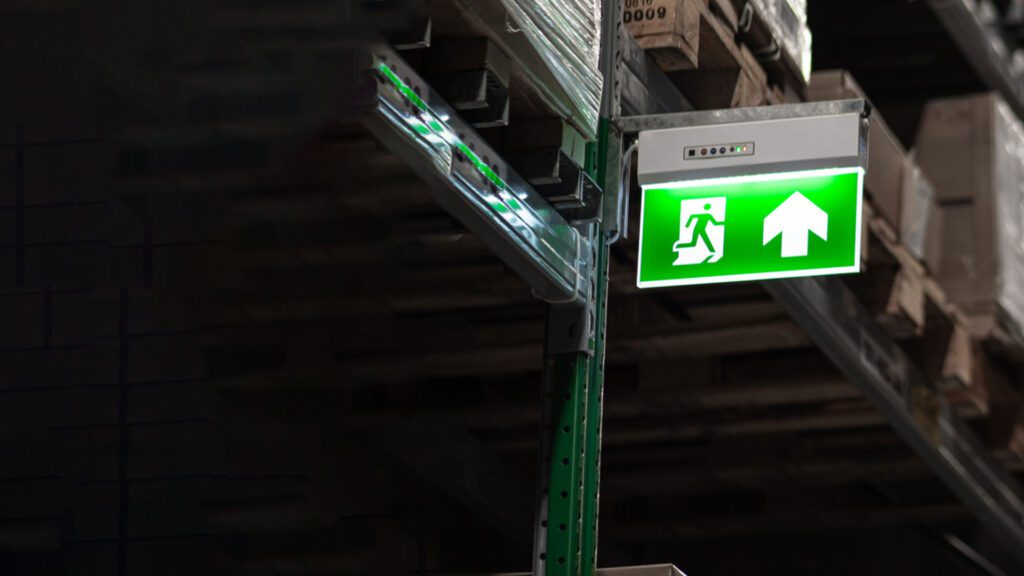Smartphones already count with the type of technology that improves evacuation plans and simulations, key practices related to safety. These procedures nowadays count with almost no data and analytics. It is already time to improve them.
Technology can enhance industrial workers’ safety, and one of the biggest opportunity comes with evacuation plans. Evacuation is the one of the most important aspects regarding industrial safety. Organizations such as OSHA, the National Safety Council and many others around the world provide industries with guidelines and instructions on how to plan them. Industrial areas are more likely to face different types of dangers or hazards , and thus, safety is an important concern taken into account in every year’s budget.
The technology gap between industries: let’s level that up.
If we talked about the Internet in the early nineties, most people didn’t know exactly what we were talking about. Its potential was reduced to some sort of post office replacement. Nowadays, we are already talking about internet addiction. Work, education, health, and all aspects of our lives have been modified by the use of the internet. It is amazing to realize how our world and day to day has changed in only 30 years.
Nevertheless, regarding internet and technology as a whole, it is easy to identify the gap between heavy industries and other enterprises. Safety, for instance, is a major concern for industrial companies, but it is not taken very much into account within other industries. Maybe that’s the reason why it wasn’t improved by the use of new technologies, while office workers count with a wide range of options for their everyday work and wellness.
How are safety and evacuation procedures managed today?
Guidelines around evacuation and emergencies are reviewed every year. Nowadays, they mostly consist of indications referred to construction instructions or communication planning: floor diagrams, routes and exits, chains of commands. All this is important, since it sets the needed basis for a successful evacuation . But isn’t there something that could improve these procedures?
Another important aspect in has to do with accountability. Accounting for employees during emergencies is one of the critical and most important parts of the plan. Firstly, identifying the names and locations of anyone missing and passing them to officials in charge. Secondly, establishing methods of accounting suppliers or contractors.
Nowadays, when an evacuation begins, evacuation leaders must print lists and go to the meeting points, where they start yelling names and counting who is missing. The difficult part is that each employee must attend to the closest meeting points, but this depends on where he was in the first place. There is not a designated place for each employee. This means that you must reconcile the information (Where they are and who is missing ) from different assembly areas. There is no real time visibility, no information, and this causes the loss of many minutes that might be the difference between life and death.
How to improve evacuation planning with technology.
Having a smartphone or a device makes us traceable. Almost every app we download requests our location, and we allow it without even thinking about it. But we don’t count with this kind of technology for emergency situations, where life is at stake. Also, in most of the industrial operational areas, personnel is not allowed to carry smartphones.
But there are already tools available in the market that can improve safety processes. Precise location technologies, such as GPS and UBW, for instance, are huge game changers in this situation. They provide leaders and/or wardens with visibility and data that is vital for making better decisions. You can know for sure where each employee is, who is missing, who has already arrived at the meeting point. Devices that detect locations connected with certain softwares or platforms can provide not only real time information, but data and analysis in the aftermath. You can know what happened and why.
This is also the best way of improving evacuation drills. Every company has its own simulations, but they don’t count with relevant information after, in order to enhance them. They can’t know which routes their employees took, how long it took for each of them, and any other inconveniences that could occur along the way. The best way of improving anything, always, is counting with data and visibility. And that’s what technology offers.
Planning and technology, a combination that saves lives.
The best way of preparing for an emergency situation is planning ahead. We can add that, nowadays, the best way would be innovating to improve evacuation plans, accelerating processes and allowing rapid response and identification of missing people, which is critical in these kinds of situations where each second counts. Employers who take the time to thoroughly develop an evacuation plan provide their employees with a safer workplace, and may even save lives. Let’s empower our teams, giving them the opportunity of being as safe as possible and protecting others.

